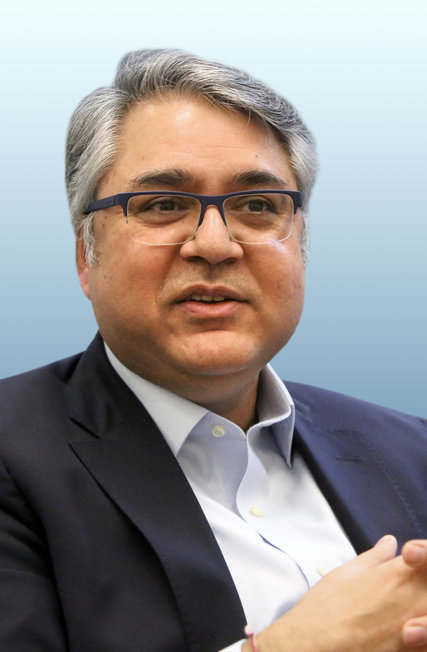Without a strong value proposition, it’s much harder to sell your products or services in today’s economy, much less even get in the door of big companies. But what is a value proposition? And how is it different from other commonly used terms?
A value proposition is often confused with an “Elevator Speech” or a “Unique Selling Proposition.” It’s essential to understand the difference between these terms because their purposes and sales impact are very different.
Elevator Speech
An elevator speech is a short, 1-2 sentence statement that defines who you work with (target market) and the general area in which you help them.
About 10 seconds long, it’s used primarily at networking events to attract potential clients and stimulate discussion. The following elevator speeches show you how some people describe what they do:
- “I work with small businesses who are struggling to sell their products or services into large corporate accounts.”
- “We help technology companies effectively use their customer information to drive repeat sales.”
- “I help small-to-medium sized manufacturing companies who have difficulties with unpredictable revenue streams.”
Unique Selling Proposition
A unique selling proposition (USP) is a statement about what makes you and your company different from other vendors.
Its primary value is to create competitive differentiation. A USP is often used in marketing materials or in talking with customers who are ready to buy.
Here are a few good USP examples:
- We specialize in working with financial institutions. (Specialty)
- We guarantee service in 4 hours or your money back. (Guarantee)
- We use a unique tool called SureFire! to analyze your critical needs. (Methodology)
Helping customers understand your USP is imperative when they’ve already decided to make a purchase decision. But USPs have absolutely no impact when customers are satisfied with their situation or when they’re frustrated but haven’t yet decided to change. USPs are far more effective in the business-to-consumer market than in business-to-business sales.
Value Proposition
A value proposition is a clear statement of the tangible results a customer gets from using your products or services.
A strong value proposition is specific, often citing numbers or percentages. It may include a quick synopsis of your work with similar customers as a proof source and demonstration of your capability. Here are a couple examples to stimulate your thinking:
- “We help large companies reduce the cost of their employee benefits programs without impacting benefit levels. With the spiraling costs of health care today, this is a critical issue for most businesses. One of our recent clients, a large manufacturing company similar to yours, was struggling with how to reduce spending in this area. We saved them over $800,000 in just six months. Plus, they didn’t cut any services to their employees, nor did their employees have to pay more.”
- “I help technology companies who are launching an important new product into the marketplace – and need it to be successful to achieve their sales forecast. Where I help my clients is in the often dropped hand-off between marketing and sales. As a result, they’re able to more easily meet projected sales goals and significantly shorten time-to-profitability.”
Both the elevator speech and the USP are cousins of the value proposition, but there is one vital difference: they lack the punch of a value proposition when selling to the corporate market.

